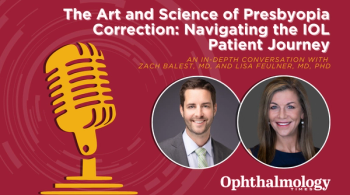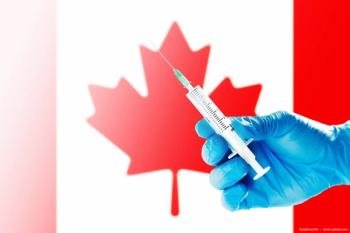
Taping surgical masks to the skin decreases risk of ocular surface damage during the COVID-19 pandemic
During a presentation at the Association for Research in Vision and Ophthalmology’s 2022 annual meeting in Denver, Yuichi Hori, MD, PhD, and colleagues found that taping the top border of a surgical mask to a clinicians’ skin reduces the potential for ocular surface damage resulting from expirations of air reaching the ocular surface during the COVID-19 pandemic.
Taping the top border of the surgical mask to the clinicians’ skin reduced the potential for ocular surface damage resulting from expirations of air reaching the ocular surface during the COVID-19 pandemic, according to a presentation made byYuichi Hori, MD, PhD, at the Association for Research in Vision and Ophthalmology’s 2022 annual meeting in Denver
Hori is a professor and chairman of the Department of Ophthalmology at Toho University Omori Medical Center, Toho University School of Medicine, Tokyo.
The investigators theorized that dry eye symptoms of dryness, pain, and discomfort associated with mask wear resulted from changes in the ocular surface caused by exposure to breath leakage from the top of the mask.
Sixty volunteers (30 females, 30 males; 27.1±5.2 years) who wore masks for more than 5 hours daily were included in the study, during which the authors measured the ocular surface temperature, fluorescein tear break-up time, and conjunctival blood flow.
Thirteen of the 60 subjects reported dry eye symptoms associated with mask wear. Among the 13 subjects, compared with 47 subjects without mask-associated dry eye symptoms, the ocular surface disease index was significantly elevated and the tear break-up time with and without masks was significantly shorter than in subjects without symptoms of dry eye. The pain sensitivity in the subjects with dry eye symptoms was significantly higher than in those without dry eye symptoms.
The investigators concluded that wearing masks decreased the tear break-up time and increased the ocular surface temperature and blood flow. Taping the top edge of the mask prevented those changes. Fitting masks tightly to the nose or applying tape over the mask may reduce the risk of dry eye symptoms associated with mask wear.
Newsletter
Don’t miss out—get Ophthalmology Times updates on the latest clinical advancements and expert interviews, straight to your inbox.


















































.png)


